
Blog
A New Global Pact to Prevent Future Pandemics
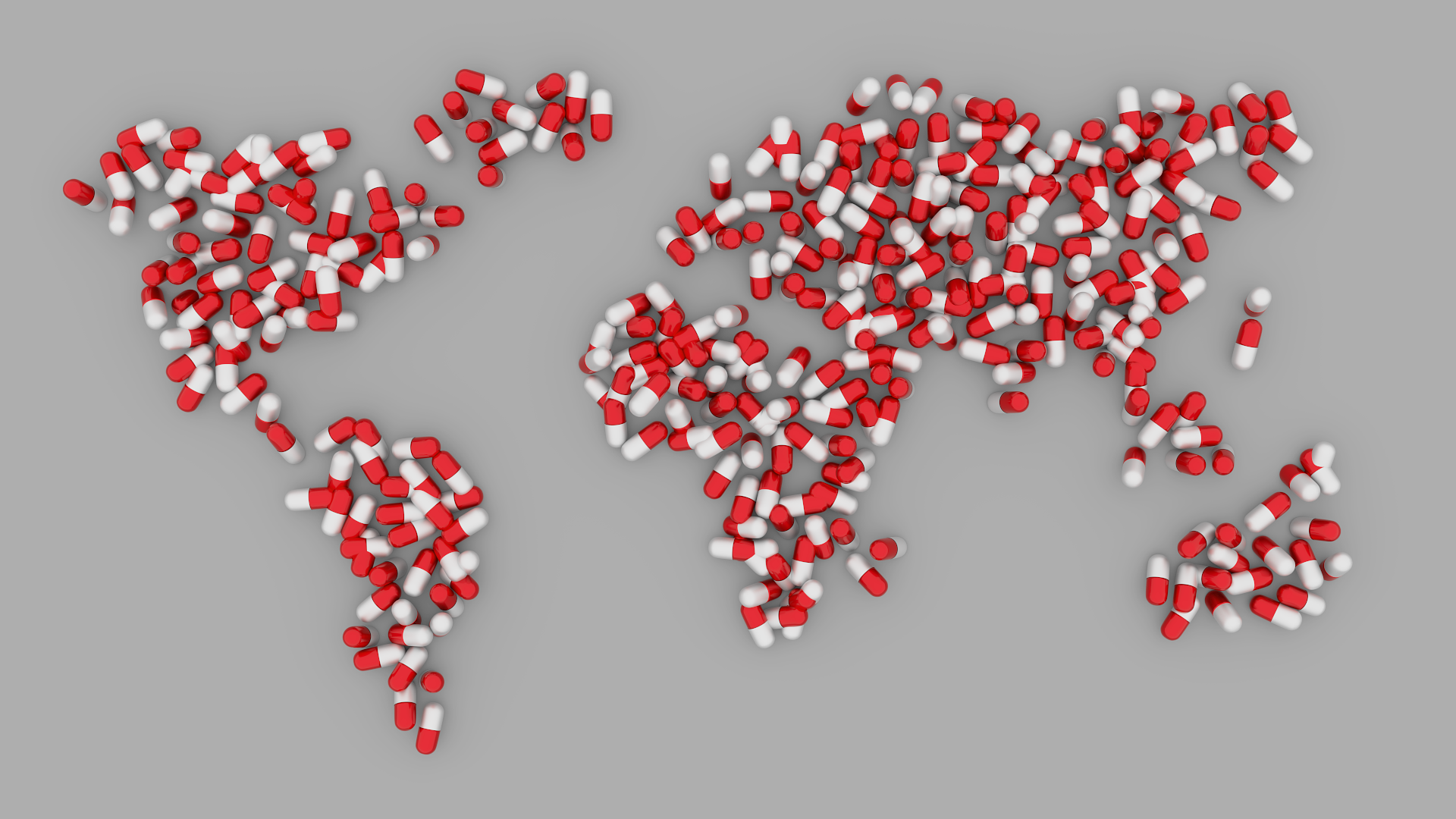
What do you think will come after COVID? Have you been feeling at ease now that COVID has settled down? Please stay cautious.
On April 12, 2025, a major step forward was taken in the global effort to prevent future pandemics. At the headquarters of the World Health Organization (WHO) in Geneva, countries reached a broad agreement on the draft text of the long-debated Pandemic Treaty, a new international accord designed to strengthen the world’s preparedness and response to pandemics. The treaty is expected to be officially adopted at the WHO’s annual meeting in May.
This development marks a turning point in global health governance, three years after negotiations first began. The lessons from the COVID-19 pandemic—especially the unequal access to vaccines and medical resources—have fueled the drive to create a legally binding framework that ensures no country is left behind when the next health crisis emerges.
What Is the Pandemic Treaty?
The Pandemic Treaty is an international legal agreement that aims to improve how countries prevent, detect, and respond to pandemics. It is designed to ensure that the global community can act faster, more fairly, and more effectively in the face of a health emergency.
The COVID-19 pandemic exposed glaring weaknesses in global health systems: supply chain bottlenecks, vaccine nationalism, and fragmented responses. Wealthier nations often secured most of the early vaccine supplies, while many low-income countries struggled to protect even their most vulnerable populations.
For example, During 2020–2021, wealthy nations such as the United States, Canada, EU countries, and the United Kingdom secured vaccine doses far exceeding their population needs, leading to significant supply imbalances. In contrast, many African countries received vaccines much later, often with short shelf lives. Due to underdeveloped cold chain infrastructure, some of these doses had to be discarded. For example, Nigeria had to destroy over one million vaccine doses by the end of 2021.
This treaty, according to WHO Director-General Dr. Tedros Adhanom Ghebreyesus, is meant to prevent such inequities from happening again. “We need this treaty so we don’t repeat the mistakes of the past,” he said.
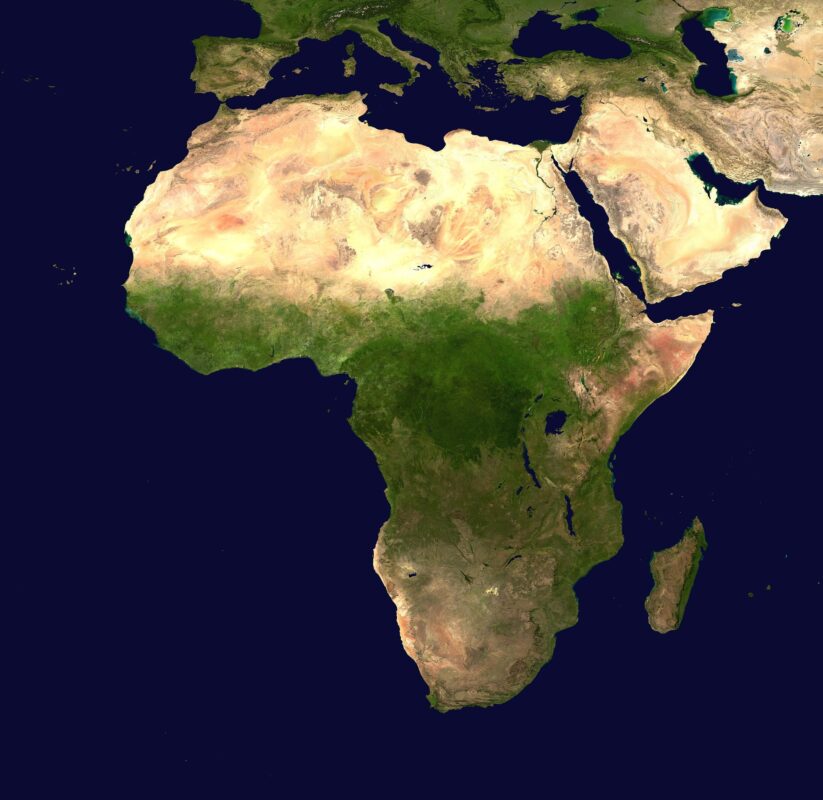
Key Features of the Treaty
Then what exactly changed in the situation? The newly agreed draft includes several major commitments:
• National Preparedness Plans: All member countries will be required to develop comprehensive pandemic preparedness and response plans. This includes strengthening their healthcare infrastructure and early-warning systems.
• Equity in Vaccine Access: The treaty aims to expand production capacity for vaccines, especially in low- and middle-income countries. During COVID-19, limited manufacturing capacity in the Global South contributed to severe delays in vaccine availability.
• Pathogen Information Sharing: A new global framework will be established to share genetic information on viruses and other pathogens rapidly and transparently. This sharing will accelerate the development of diagnostics, vaccines, and treatments.
• Fair Distribution of Medical Tools: Perhaps the most groundbreaking part of the treaty is a requirement for pharmaceutical companies that develop pandemic-related products—such as vaccines or treatments—using shared data to provide at least 10% of their production to the WHO free of charge. This provision aims to ensure that even the poorest countries have access to life-saving tools during global health emergencies.
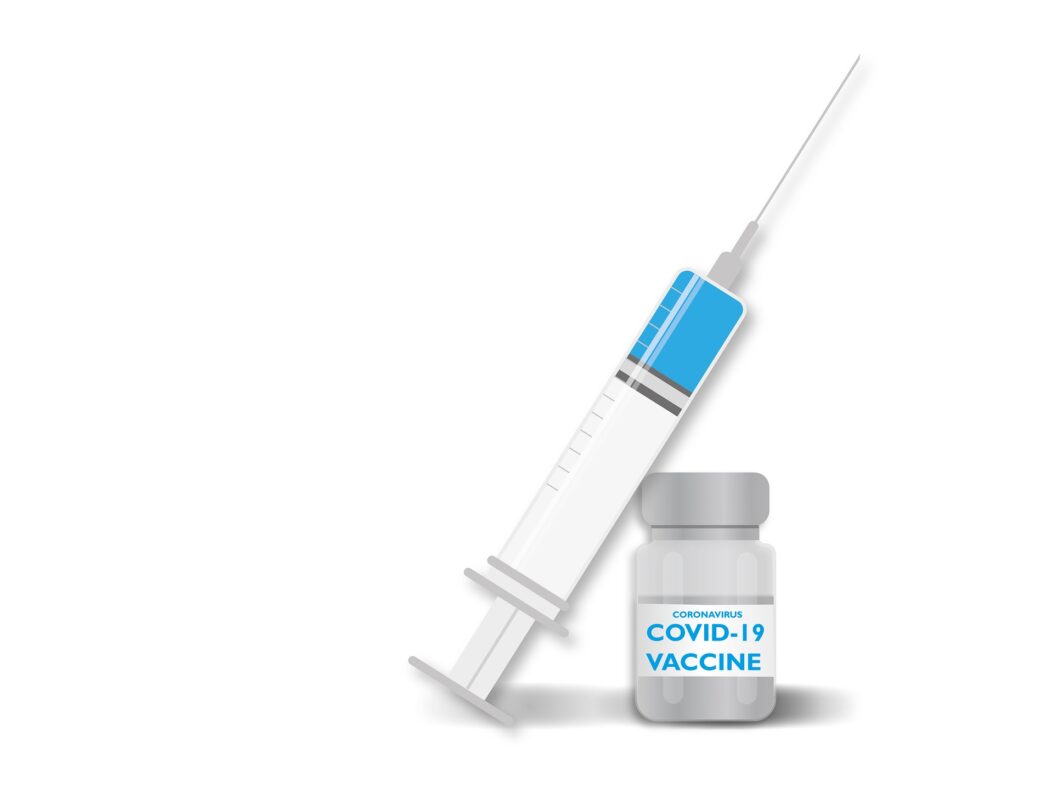
Challenges and Ongoing Discussions
Although the general text has been agreed upon, several wording issues remain unresolved. Negotiators are expected to continue talks next week to iron out these final details before the treaty’s formal adoption.
There’s also a political challenge. The United States, one of the world’s largest pharmaceutical producers, withdrew from the negotiations under the Trump administration. It remains unclear whether the current or future administrations will support and sign the treaty. Dr. Tedros has publicly urged the U.S. to rejoin, saying, “We can only protect ourselves by working together. No country is safe until all are safe.”
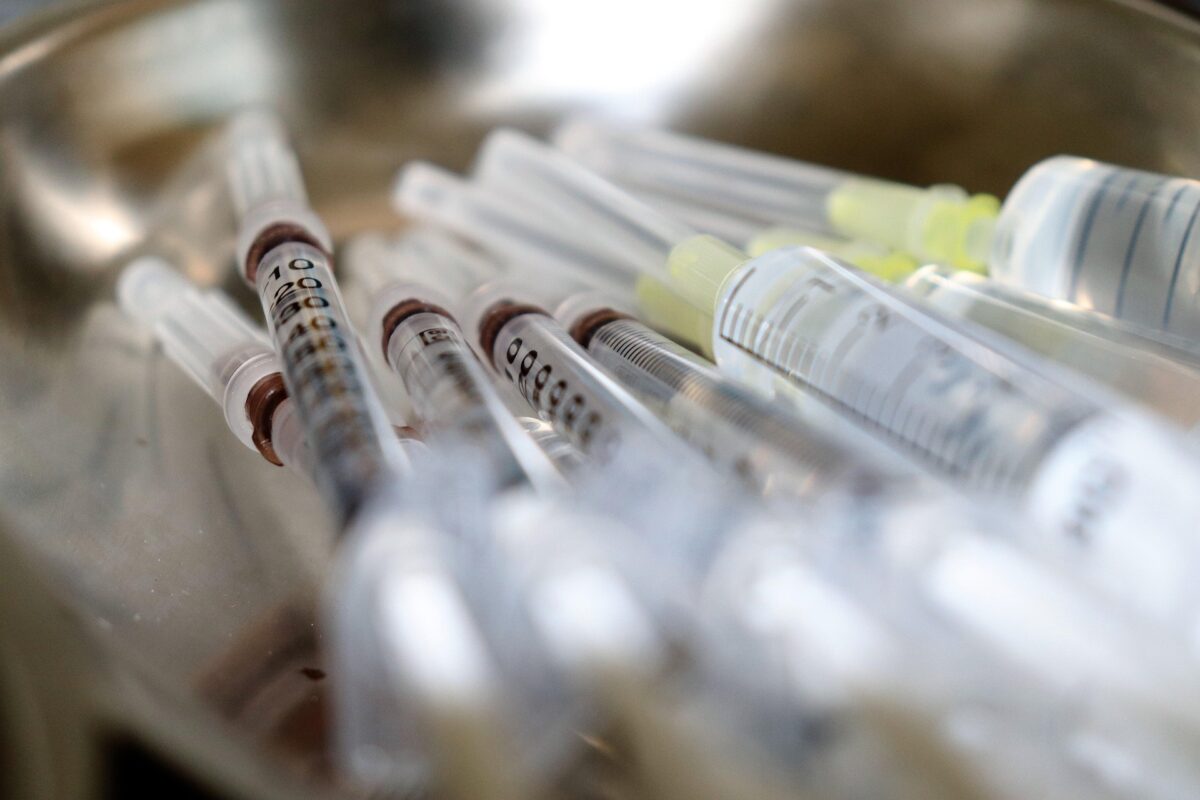
The Challenge of Balance
However, even if global equity is maintained, some people might wonder: what about the health and safety of our own country? It’s natural for people to prioritize the health and safety of their own country, especially during a global crisis. However, pandemics don’t recognize borders. If low-income countries remain unprotected, new variants can emerge and spread globally, threatening even well-vaccinated nations. Tedros Adhanom Ghebreyesus said, “The pandemic is a global health crisis that requires a global response. No country can succeed alone in fighting this virus. It requires international solidarity.” In this sense, global health security is interconnected, and protecting others is ultimately a way of protecting ourselves.
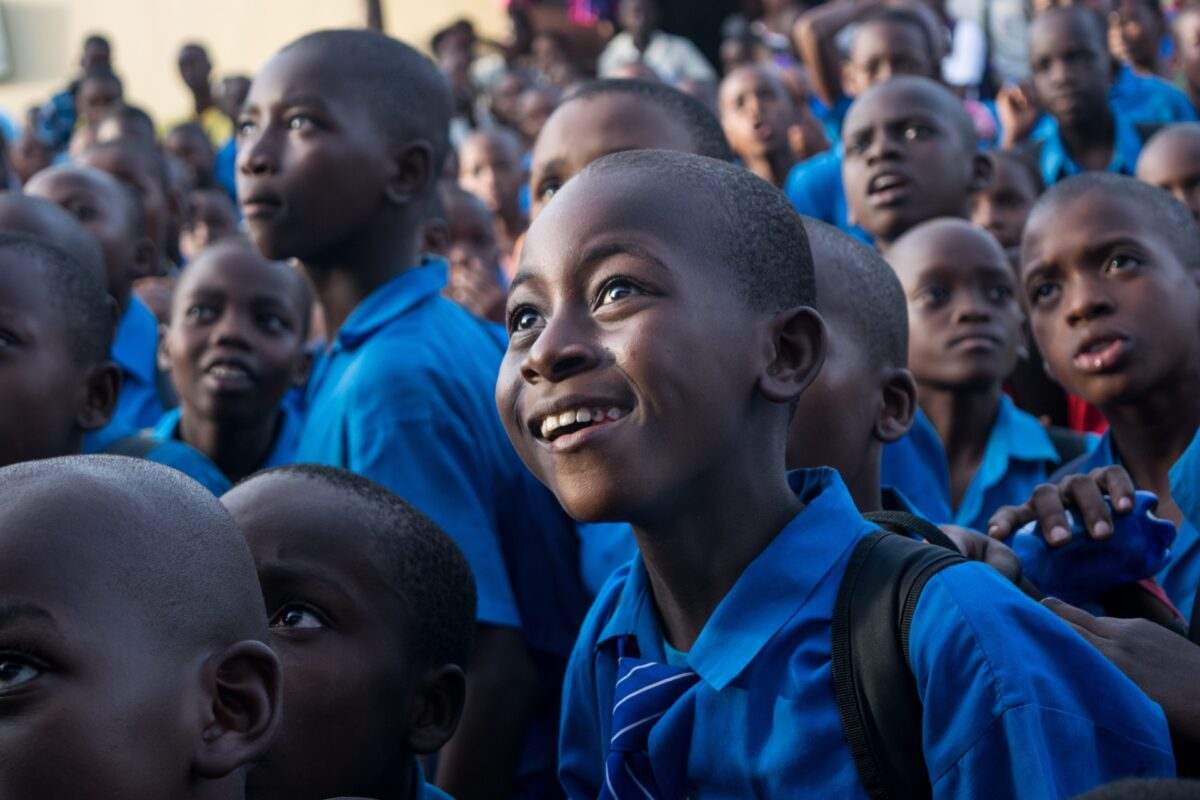
A Step Toward Global Solidarity
Protecting people in low-income countries isn’t just about vaccines. One of the biggest factors affecting them is climate change, and developed countries bear the greatest responsibility. Recently, President Trump withdrew from key climate agreements, and as a result, some leading global companies have started emitting more greenhouse gases than before. This isn’t just about the U.S.—all developed nations share responsibility for this issue.
Due to rising temperatures, many people in low-income countries are being forced from their homes, becoming climate refugees. We cannot turn a blind eye.
Fortunately, many companies and individuals are already taking action to address this issue. Some see this as an opportunity, and have successfully incorporated climate action into their business performance.
Now is the time to act—not when everyone else has already started. Let’s take one step ahead.
We’re here to support you with carbon credits.
